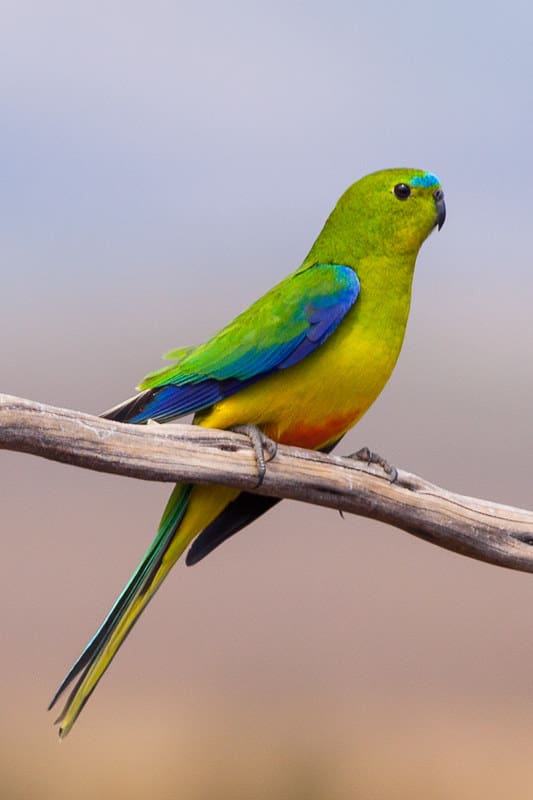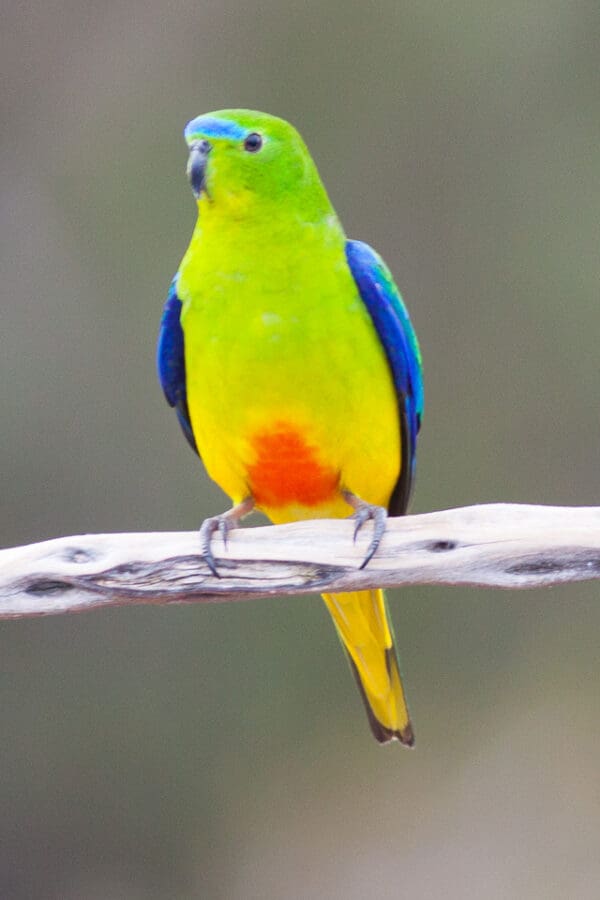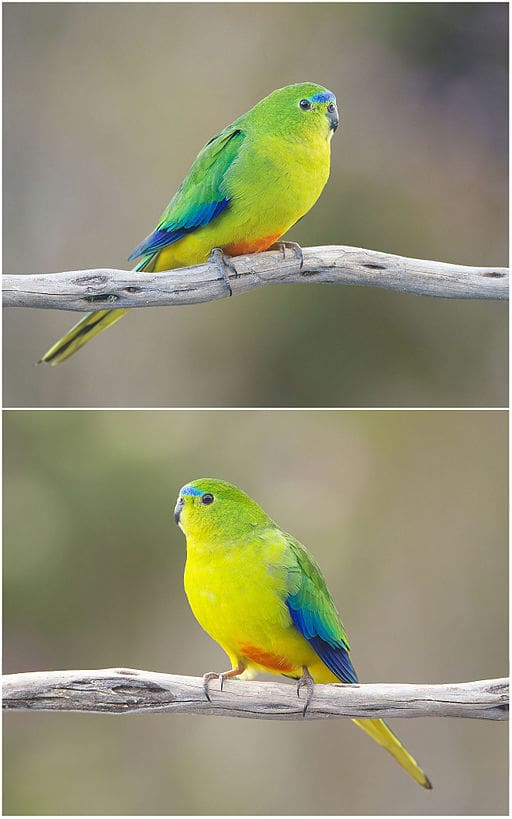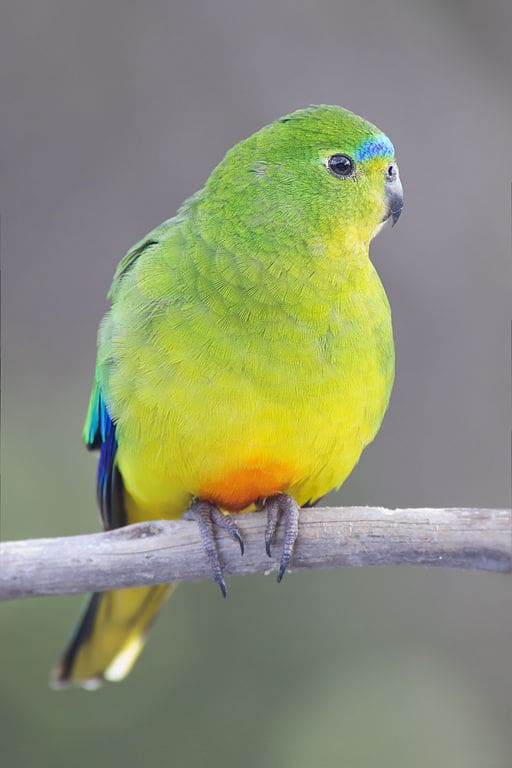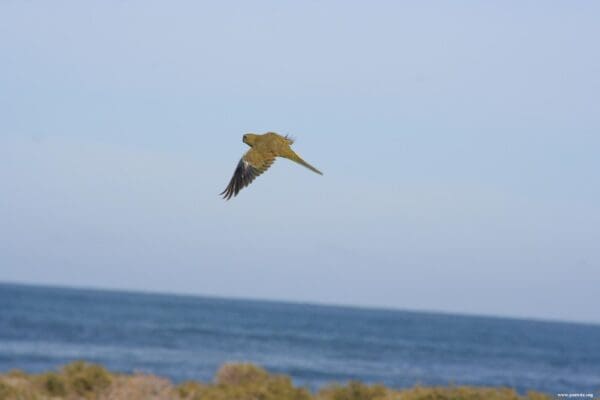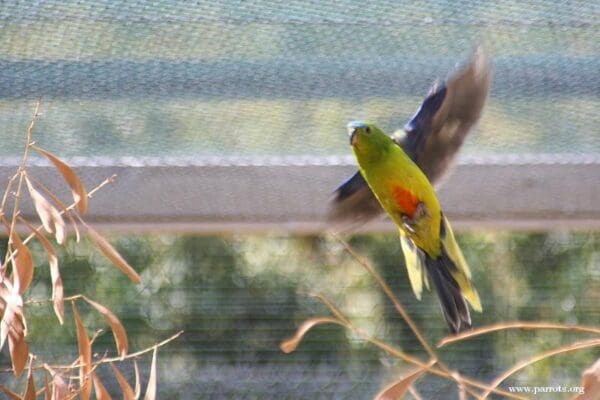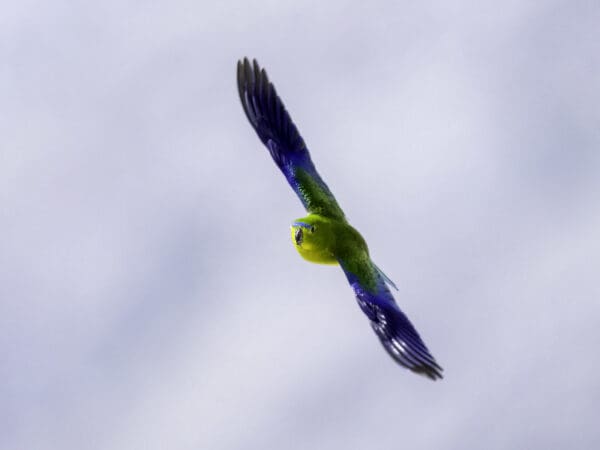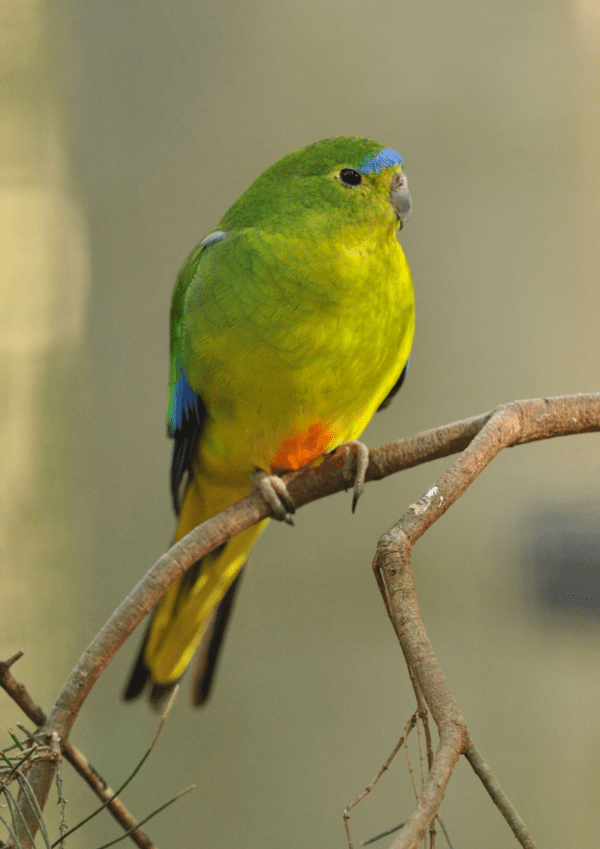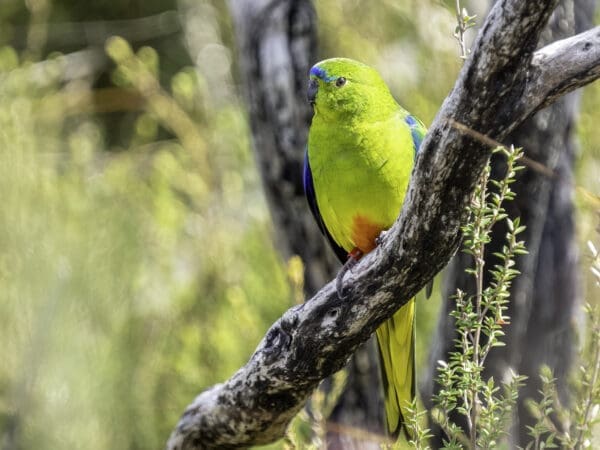Orange-bellied Parrot
Also known as:
Orange-bellied Grass-Parakeet, Orange-breasted Parrot or Grass-Parakeet
Also known as:
Orange-bellied Grass-Parakeet, Orange-breasted Parrot or Grass-Parakeet
![© Ron Knight [CC BY 2.0] via Flickr Wild female Orange-bellied Parrot perches on a branch](https://gt2024.parrots.org/wp-content/uploads/2023/01/wpt_Orange-bellied-Parrot_1208-15-100x100.jpg)
![© Ron Knight [CC BY 2.0] via Flickr A wild Orange-bellied Parrot perches on a branch](https://gt2024.parrots.org/wp-content/uploads/2023/01/wpt_Orange-bellied-Parrot_1208-13-100x100.jpg)
![© JJ Harrison [CC BY-SA 3.0] via Wikimedia Commons Wild Orange-bellied Parrots, female top, male bottom, perch on branches](https://gt2024.parrots.org/wp-content/uploads/2023/01/wpt_Orange-bellied-Parrot_1208-11-100x100.jpg)
![© JJ Harrison [CC BY-SA 3.0] via Flickr A wild female Orange-bellied Parrot perches on a branch](https://gt2024.parrots.org/wp-content/uploads/2023/01/wpt_Orange-bellied-Parrot_1208-10-100x100.jpg)
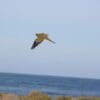

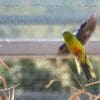
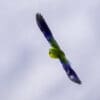
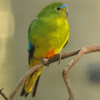
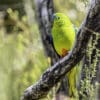
DID YOU KNOW?
In the 19th century this species occurred in flocks of thousands of individuals.

Neophema

chrysogaster
Size:
22 cm (8.6 in)
Weight:
40-50 g (1.4-1.75 oz)
Subspecies including nominate:
one
Colour Adult:
Male-bright grass green crown and upperparts; deep blue wide frontal band, bordered above by light blue line; green sides of head, turning to yellow on face and breast; green/yellow abdomen, orange patch in centre; bright yellow undertail coverts and underside of tail; purple/blue outer secondary coverts; deep green central upper tail feathers. Beak grey/black. Eye dark brown. Female-in general duller than male; scattering of dull green feathers on upperparts; frontal band slightly paler; centre of abdomen has less orange; pale underwing stripe sometimes present.
Colour Juvenile:
In general duller than female, but upperparts quite green; faint blue edging to feathers in frontal area, replacing frontal band; minimal orange on abdomen; pale underwing stripe present. Bill yellow/brown.
Call:
Calls are described as sharp and monosyllabic; sharp chittering in alarm, producing a buzzing sound.
Content Sources:
CITES
BirdLife International
Cornell Lab of Ornithology/Birds of the World
Parrots: A Guide to Parrots of the World, Juniper and Parr, 1998
Parrots: Status Survey and Conservation Plan 2000-2004, Snyder, McGowan, Gilardi, Grajal, 2000.
Parrots of the World, Forshaw and Cooper, 1977. 2010 edition
Vanished and Vanishing Parrots, Forshaw, 2017.
Parrots of the World, Forshaw, 2006.
Captive Status:
Almost unknown in aviculture except in breeding-for-release programs.
Longevity:
—
Housing:
Aviary 5 x 2 x 2 m (16.4 x 6.5 x 6.5 ft), planted if possible. Environment temperature no lower than 20 C (68 F).
Diet:
Seed mix such as: canary, millet, niger and smaller amounts of oats, buckwheat, safflower and a little hemp; half-ripened grass and millet sprays; green leaves such as: Swiss chard, lettuce, sowthistle, dandelion, chickweed; vegetables such as: carrot, celery, green beans, peas in the pod, corn; fruits if taken; complete kibble.
Enrichment:
—
Nest Box Size:
Vertical box 5″ x 5″ x 10″ (12.7 cm x 12.7 cm x 25.4 cm).
Clutch Size:
4-6
Fledging Age:
5 weeks
Hatch Weight:
—
Peak Weight:
—
Weaning Weight:
—
World Population:
188 (2024), with over 300 captive birds.
IUCN Red List Status:
Critically Endangered
CITES Listing:
Appendix I
Threat Summary:
Restricted-range species, found in Tasmania Endemic Bird Area. Is affected by fragmentation and degradation of its overwintering habitat. Male-female sex ratios are heavily skewed towards males. Likely causes of recent decline are an 2014 outbreak of Psittacine Beak and Feather Disease and the effects of a ten-year drought on productivity of saltmarsh plants in the winter habitat that reduced the breeding condition of females.
Range:
Tasmania and some offshore islands, and coastal SE mainland Australia.
Habitat:
Breeding areas include temperate forest and moorland plains; wintering areas are mostly saltmarsh and pasturelands with freshwater sources and roosting sites.
Wild Diet:
Diet includes seeds of sedgeland plants such as Lepyrodia tasmanica and Restio complanatus; also Boronia citriodora, B. parviflora, Helichrysum pumilium, Actinotus bellidioides and buttongrass. In early winter, seeds are taken of saltmarsh halophytes Suaeda australis and Salicornia quinqueflora, pasture weeds Chenopodium glaucum, Atriplex hastata, Rapistrum rugosum and sometimes Halosarcia halocnemoides and Frankenia pauciflora. Diet shifts in mid-Jul to Sclerostegia arbuscula and Arctotheca calendula. Seeds of introduced sea-rocket Cakile maritima and sheep’s burr are favoured in sand dunes.
Ecology and Behaviour:
Are migratory between their breeding grounds in SW Tasmania and wintering area in SE Australia. In breeding areas birds roost communally in dense Melaleuca stands. Will associate with other Neophema spp. and also finches and sparrows.
Clutch and Egg Size:
4-6 rounded eggs, 21.0 x 17.5 mm (0.8 x 0.7 in).
Breeding Season:
November-December. Nest is in tree hollow.
